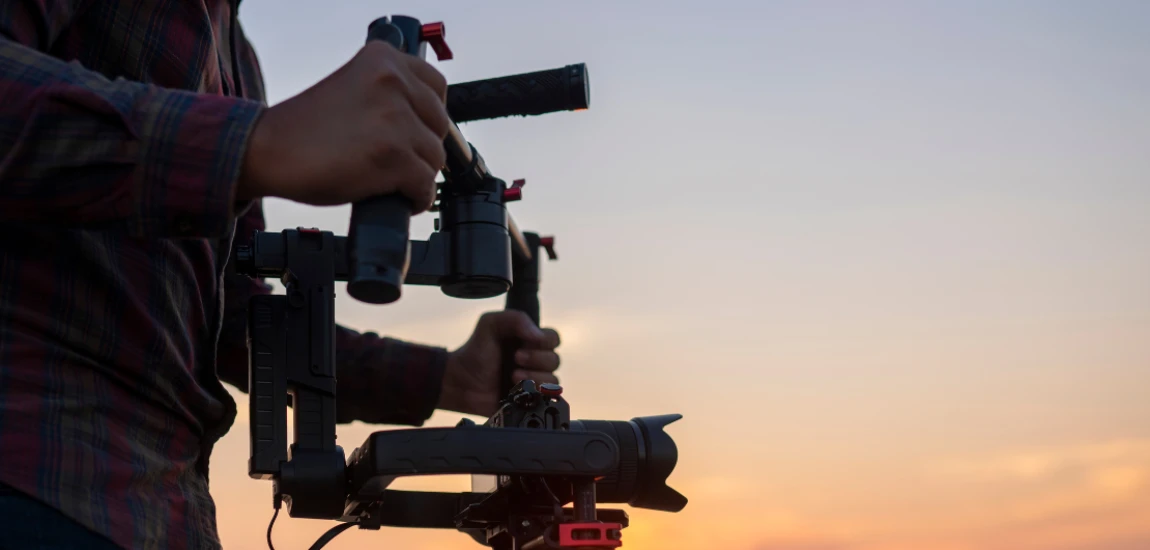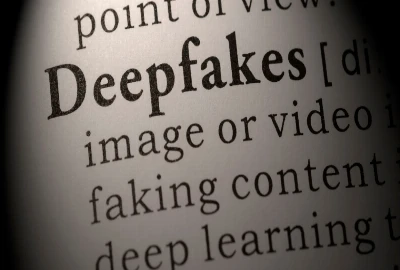From YouTube to Hollywood: How Online Creators Are Disrupting Traditional Filmmaking

The entertainment industry is experiencing one of its most profound transformations in decades. What was once a tightly guarded, hierarchical system controlled by major studios is now being disrupted by YouTubers and online creators who bring fresh perspectives, built-in audiences, and innovative content strategies. The journey from YouTube to Hollywood is no longer a rare exception but a growing movement that is reshaping how films are written, produced, marketed, and consumed.
For audiences, this shift represents a more authentic and diverse storytelling landscape. For creators, it means that talent and creativity can triumph over connections and privilege. And for Hollywood itself, it’s both an opportunity and a challenge—adapting to an ecosystem where digital voices often have more influence than traditional marketing campaigns.
In this blog, we’ll explore how creators are redefining filmmaking across multiple dimensions: from content democratization to marketing revolutions, from fan-driven financing to crossovers that challenge the old system.
The Democratization of Filmmaking

Breaking Down the Gatekeepers
For decades, filmmaking required access to expensive equipment, film schools, and exclusive networks. YouTube disrupted this by putting tools into the hands of anyone with a smartphone and internet connection. Suddenly, aspiring directors could showcase their vision to millions without ever stepping onto a studio lot.
Affordable Technology and Tools
With editing software like DaVinci Resolve and affordable cameras producing cinematic quality, barriers to entry are at historic lows. This has created a new generation of self-taught filmmakers who learn by doing, not waiting for approval from industry insiders.
The Proof of Concept Platform
Many YouTubers use the platform as a testing ground for stories, characters, and visuals. Viral short films and web series act as proof of concept, convincing investors and studios to fund bigger projects.
Storytelling Beyond Hollywood’s Traditional Formats

Short-Form Creativity
YouTube thrives on brevity, teaching creators how to grab attention within seconds. These skills translate well into Hollywood, influencing how trailers, promos, and even episodic shows are structured.
Experimentation Without Fear
Hollywood often prioritizes mass-market appeal. Online creators, however, can take risks with genre, style, and tone—testing content on niche communities before scaling it up.
Shaping Audience Expectations
This culture of experimentation has shifted viewer expectations. Audiences are now more receptive to unconventional narratives, blending documentary, comedy, and drama in ways once considered too risky for Hollywood.
Building Loyal Audiences Before the Big Screen

Direct Engagement With Fans
Unlike actors and directors hidden behind studio walls, creators interact directly with their fans through comments, live chats, and social media. This connection fosters deep loyalty.
Crowdfunding and Independent Financing
Platforms like Patreon, Kickstarter, and GoFundMe allow creators to turn audience loyalty into funding power. Films like Kung Fury and Veronica Mars proved that fan-funded projects can make it big.
Studios Following the Numbers
Hollywood increasingly looks at subscriber counts, engagement metrics, and crowdfunding success as new benchmarks for casting and greenlighting.
The Influencer-Led Production Model

Collaboration Over Hierarchies
YouTubers are used to collaborating with other creators, pooling resources and audiences. Hollywood has begun adopting this model through co-productions and multi-talent collaborations.
Independent Studios Run by Creators
Many creators now operate like production companies, managing editors, writers, and camera teams. These micro-studios produce content at a fraction of Hollywood’s costs, yet often with comparable impact.
From Shorts to Features
What starts as a short skit can evolve into a feature film or series. Online creators have shown how scalable digital-first projects can become Hollywood-level productions.
Crossovers That Redefined Success

Comedians Turned Mainstream Stars
Creators like Lilly Singh moved from comedy sketches to late-night TV and acting roles, proving online humor translates to broader audiences.
Web Series to Major Deals
Issa Rae began with her YouTube series Awkward Black Girl, which led to HBO’s Insecure—a landmark success blending authenticity with mainstream reach.
Global Success Stories
Across Asia, Europe, and Latin America, creators are making similar leaps, showing this trend isn’t just American but global.
Disrupting Casting and Talent Discovery

Authenticity Over Trained Performance
Audiences trust creators because they feel real. This authenticity has led casting directors to view YouTubers as natural choices for roles that demand relatability.
Viral Videos as Auditions
Instead of formal headshots, a viral video showcasing comedic timing or emotional depth can serve as a casting tool.
Fans as Box Office Leverage
When a YouTuber with millions of followers joins a film, studios know fans will show up—something casting agents can’t ignore.
Marketing the Creator Way

Built-In Audiences
Creators bring their own marketing channels, reducing the need for costly promotional campaigns. A single video announcement can outperform traditional trailers.
Viral, Shareable Content
Reaction videos, teasers, and behind-the-scenes vlogs generate buzz and keep fans engaged. These grassroots strategies often outperform Hollywood PR.
Fandom as Free PR
Dedicated fans create their own edits, memes, and discussions, multiplying the reach of a project without any studio effort.
Challenges of Transitioning to Hollywood

Adapting to Larger Budgets and Teams
Creators used to lean setups may find the scale of Hollywood productions overwhelming. Learning to manage teams and processes is essential.
Compromise and Creative Control
In Hollywood, creators often lose the full autonomy they enjoy online. Balancing studio expectations with personal vision can be difficult.
Industry Skepticism
Some Hollywood insiders dismiss YouTubers as “not real filmmakers.” Overcoming this stigma remains a challenge, even for successful crossovers.
Streaming Platforms as the Bridge

Netflix, Hulu, and Amazon as Gateways
Streaming platforms act as middle ground between online and traditional media, offering more flexibility for creators making their first big leap.
Creator-Led Originals
Projects like Cobra Kai (which began on YouTube Red before Netflix) prove digital-first stories can thrive on streaming platforms.
Dual Distribution Models
Some creators release content both on YouTube and streaming services, blurring lines between indie and mainstream.
The Future of Filmmaking: Creator-Led and Decentralized

Hollywood No Longer Holds the Keys
The shift from YouTube to Hollywood signals a decentralization of power. Success can now be built outside traditional systems.
Diversity and Representation Expanding
Creators from underrepresented backgrounds are telling stories Hollywood once ignored, pushing for more authentic representation.
Lessons for Aspiring Filmmakers
The biggest takeaway: build your platform, tell your story, and grow your audience. The path to Hollywood is no longer about luck—it’s about proving yourself directly to fans.




